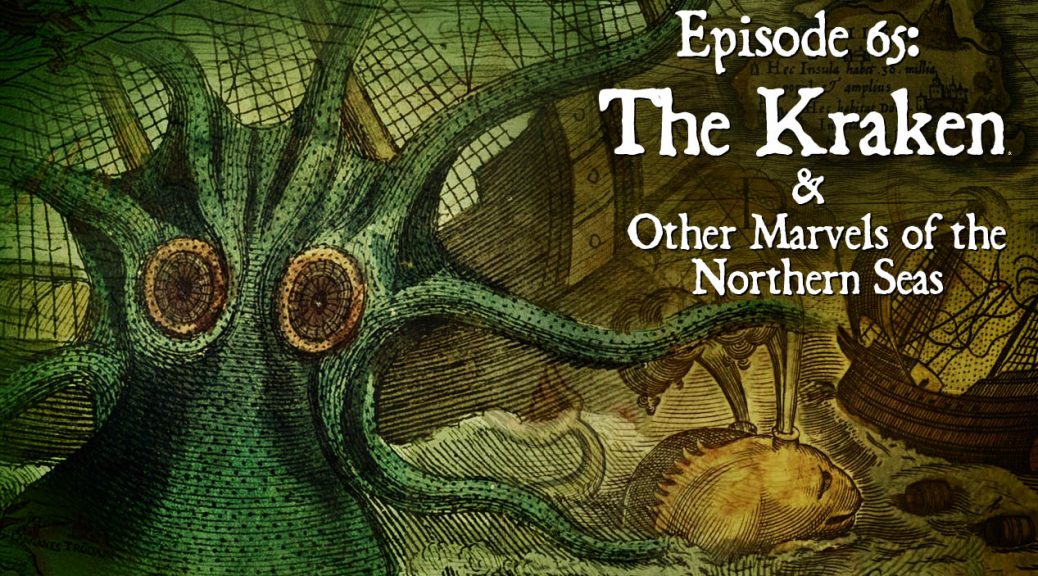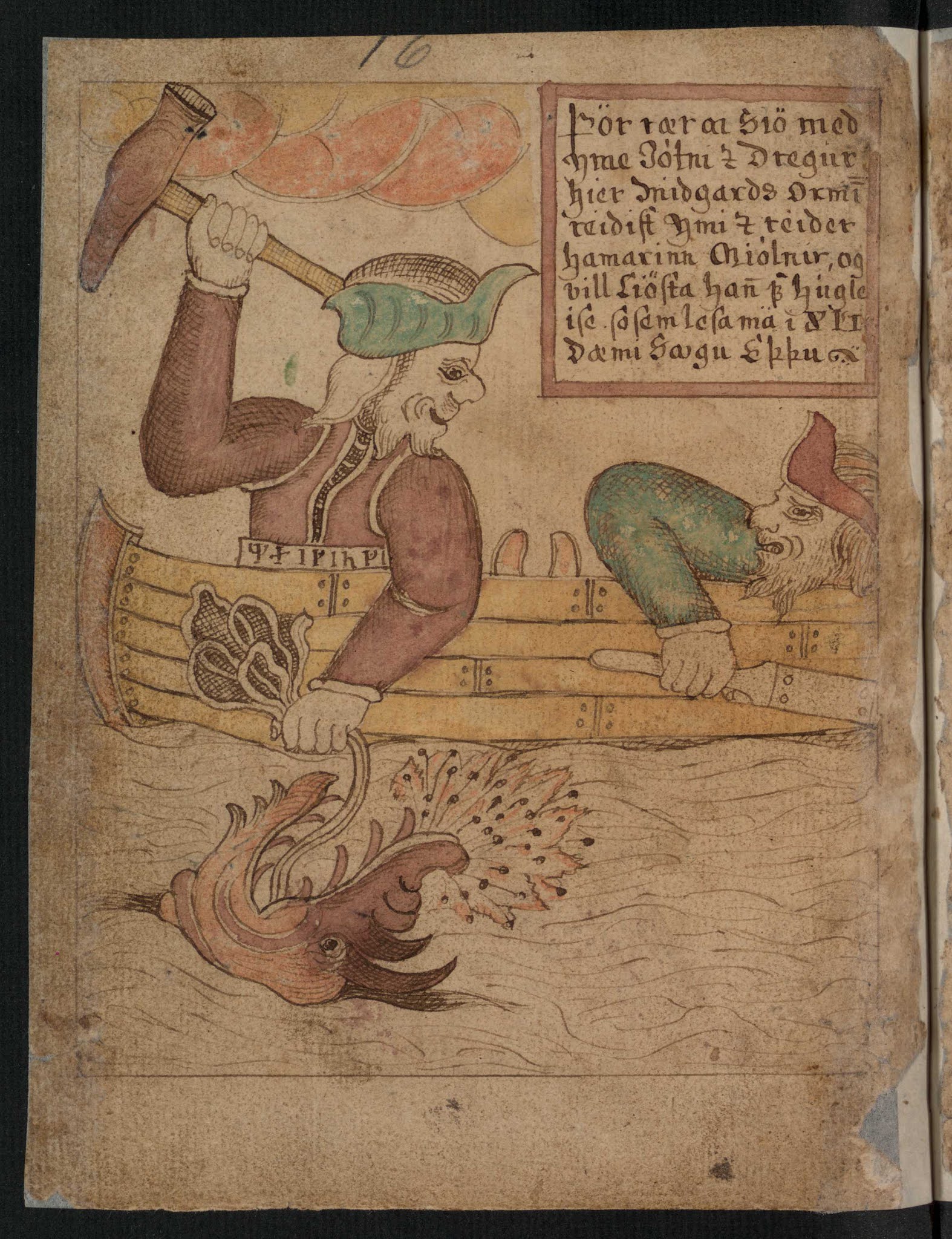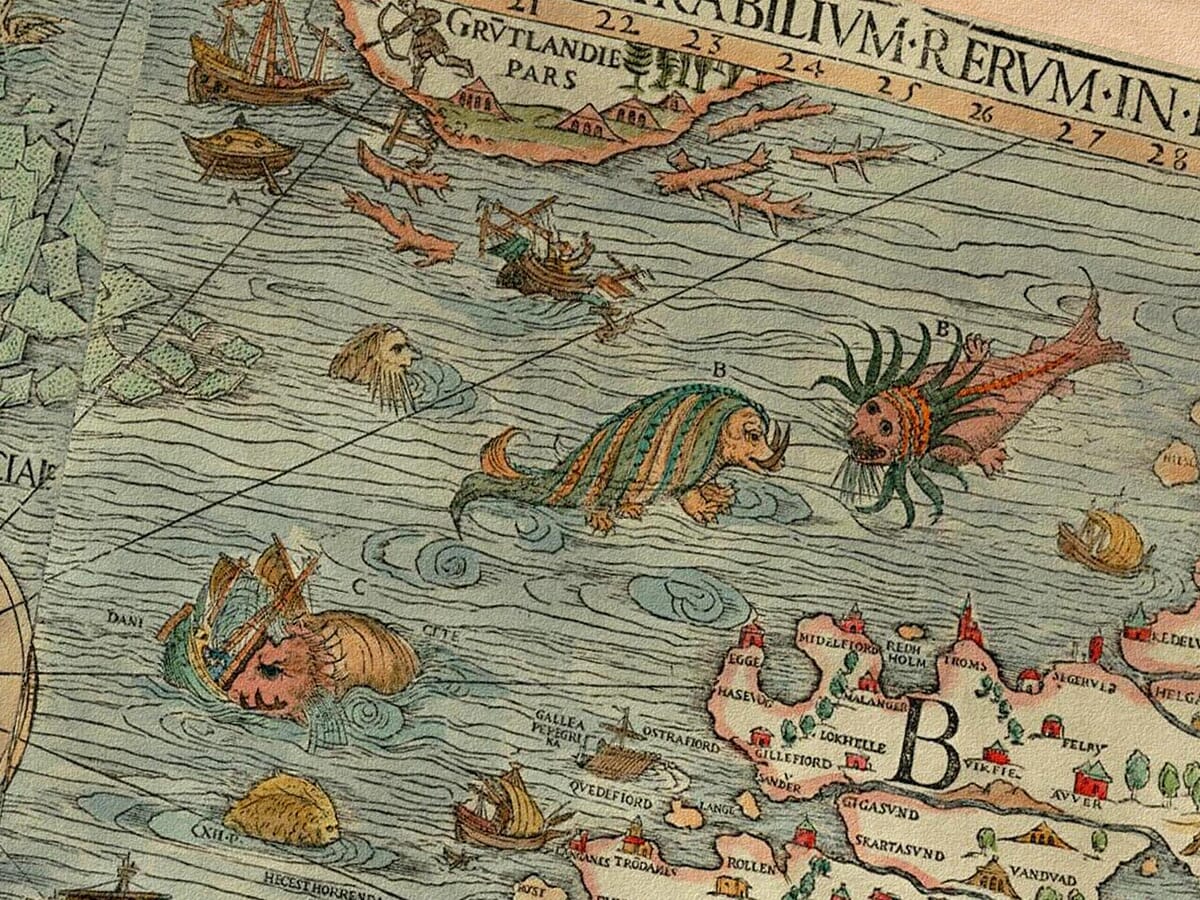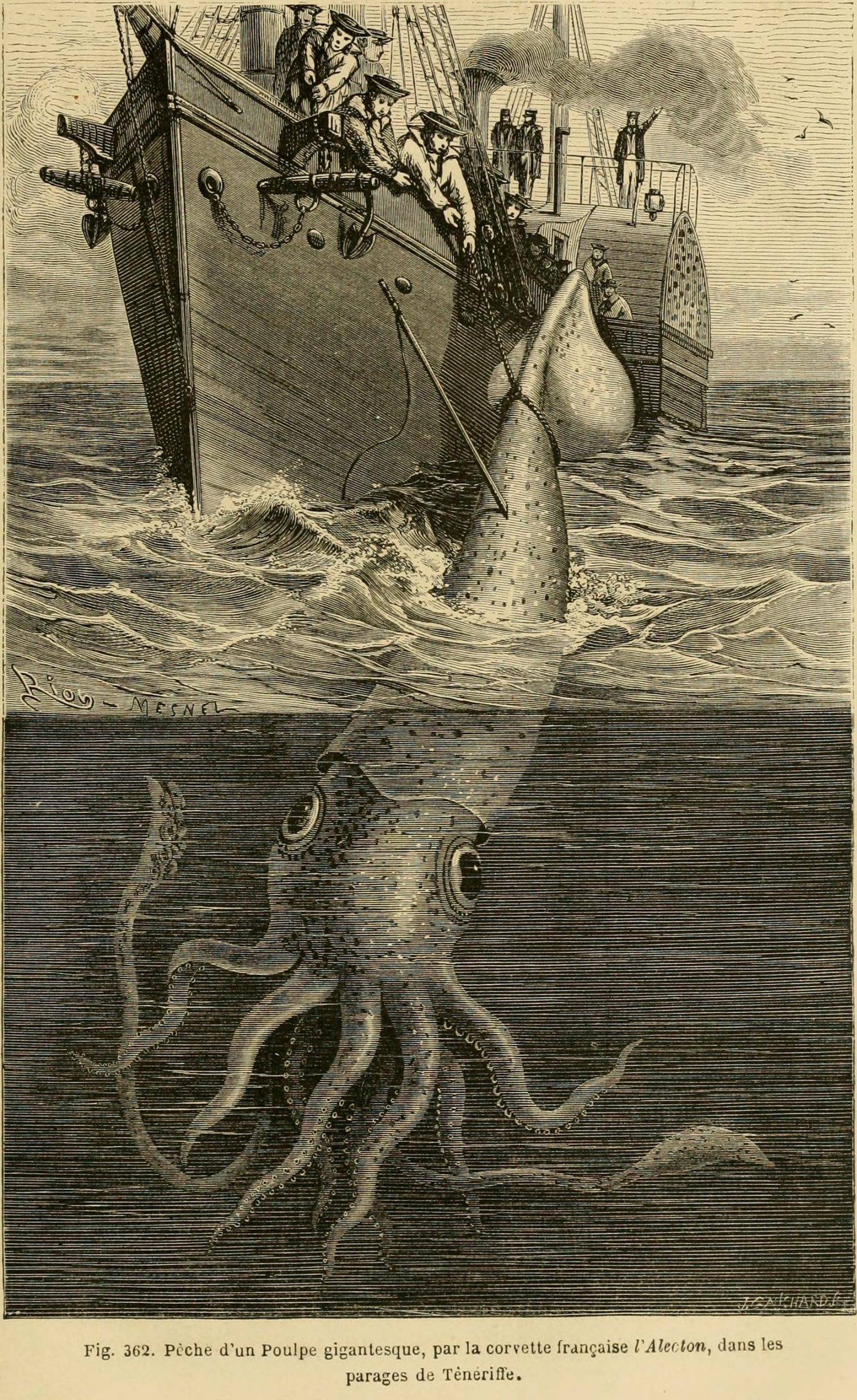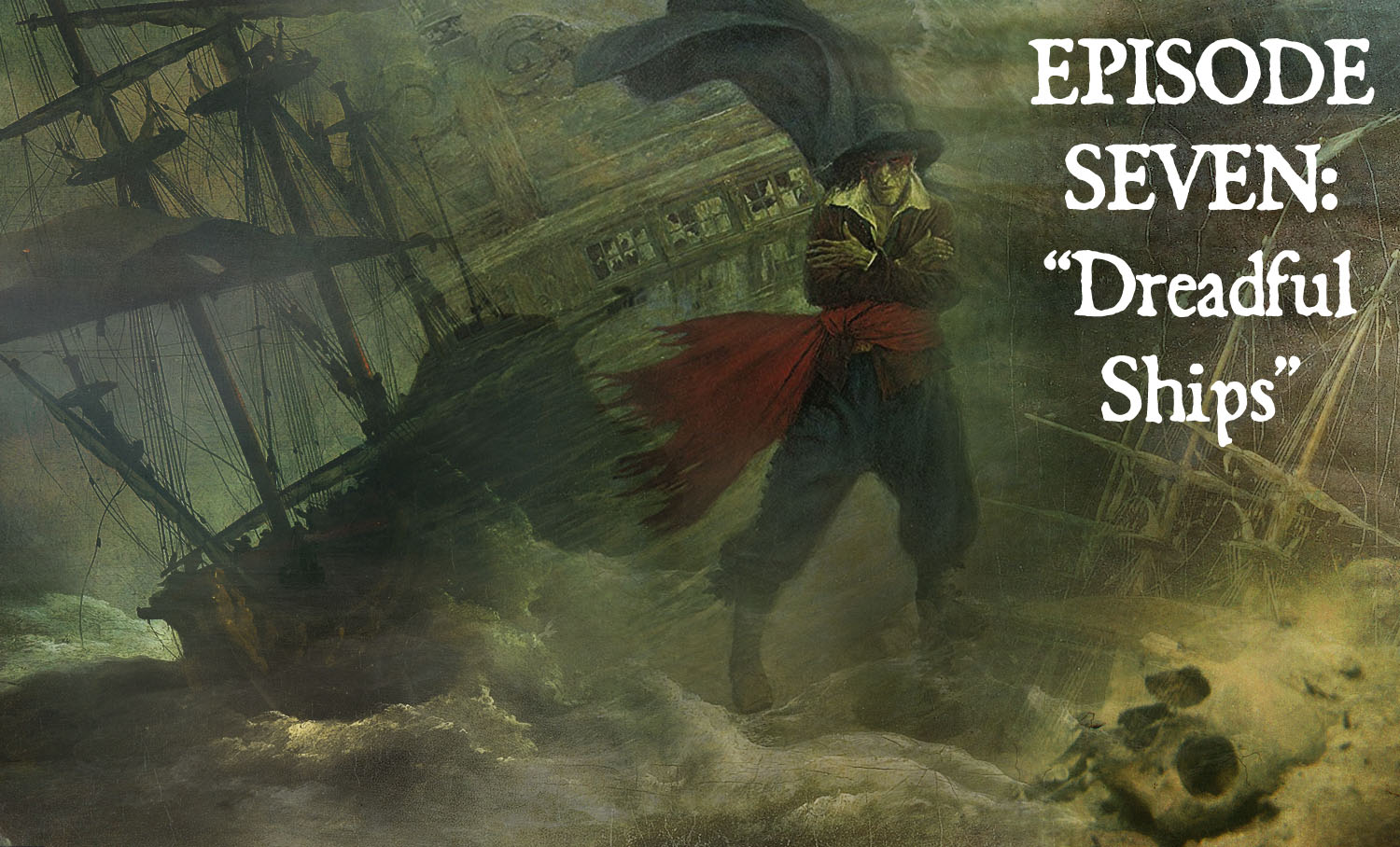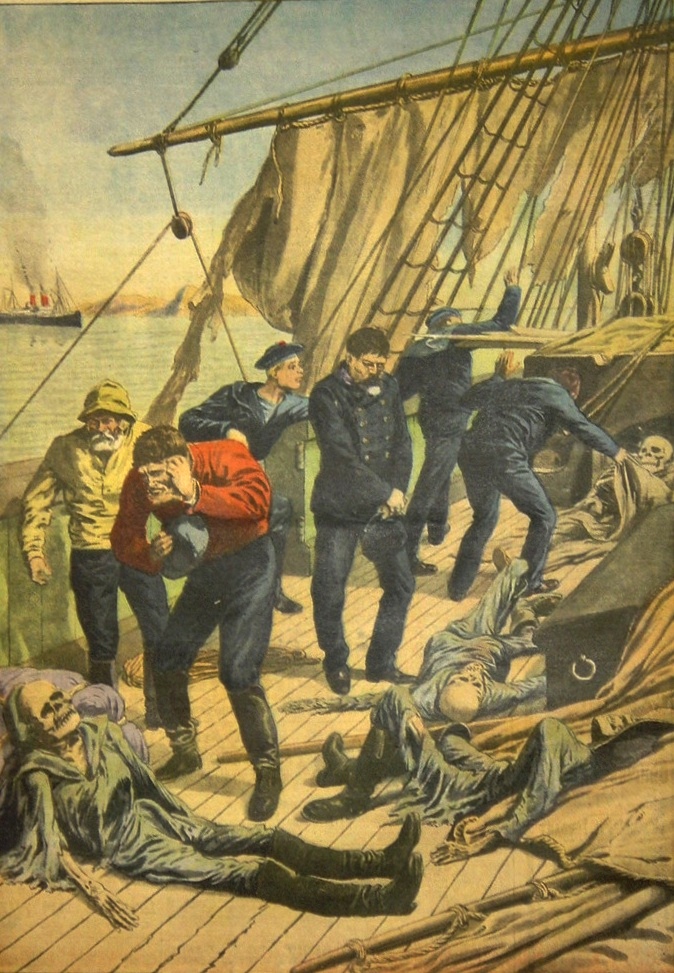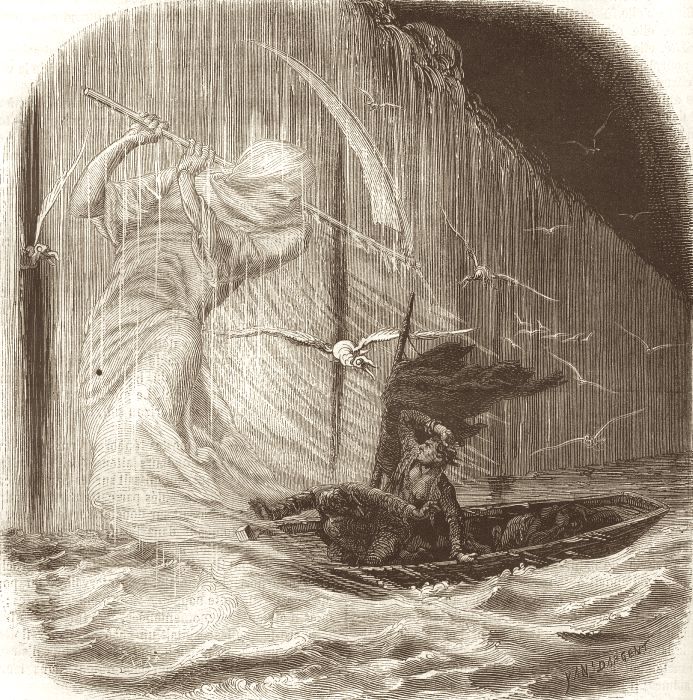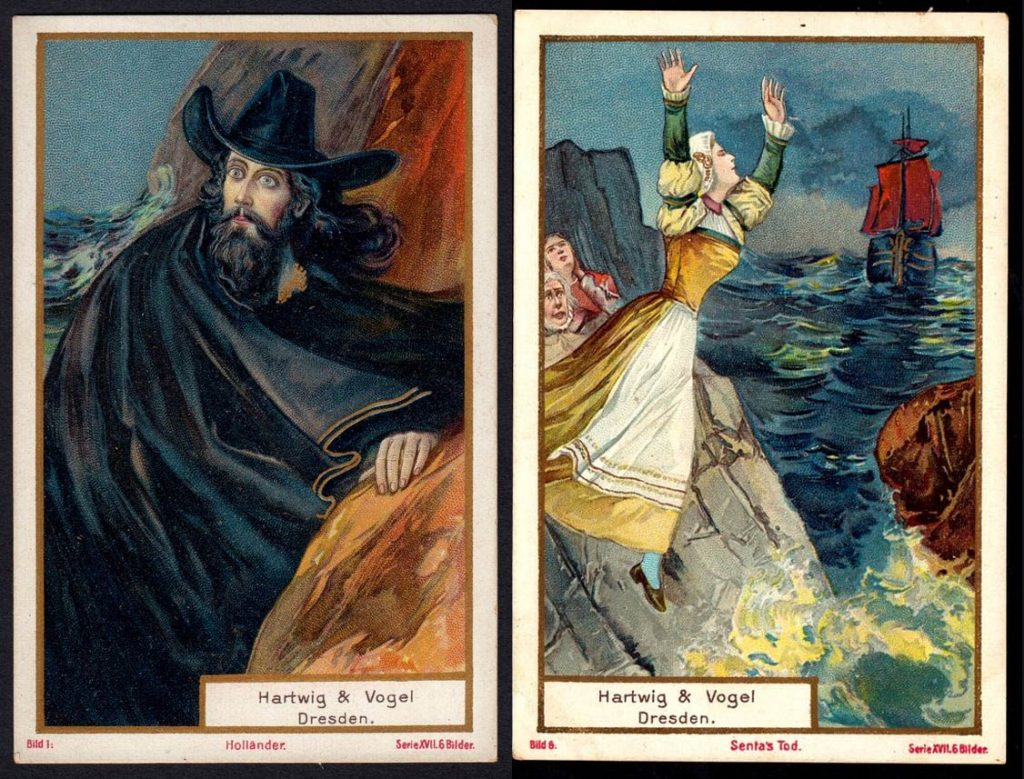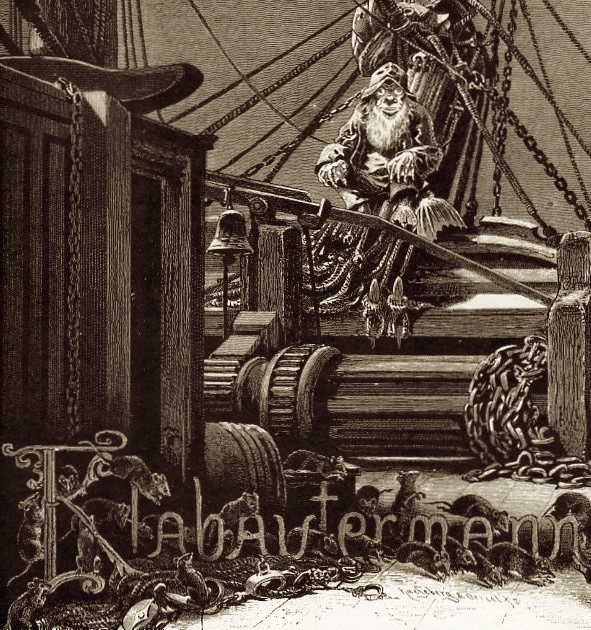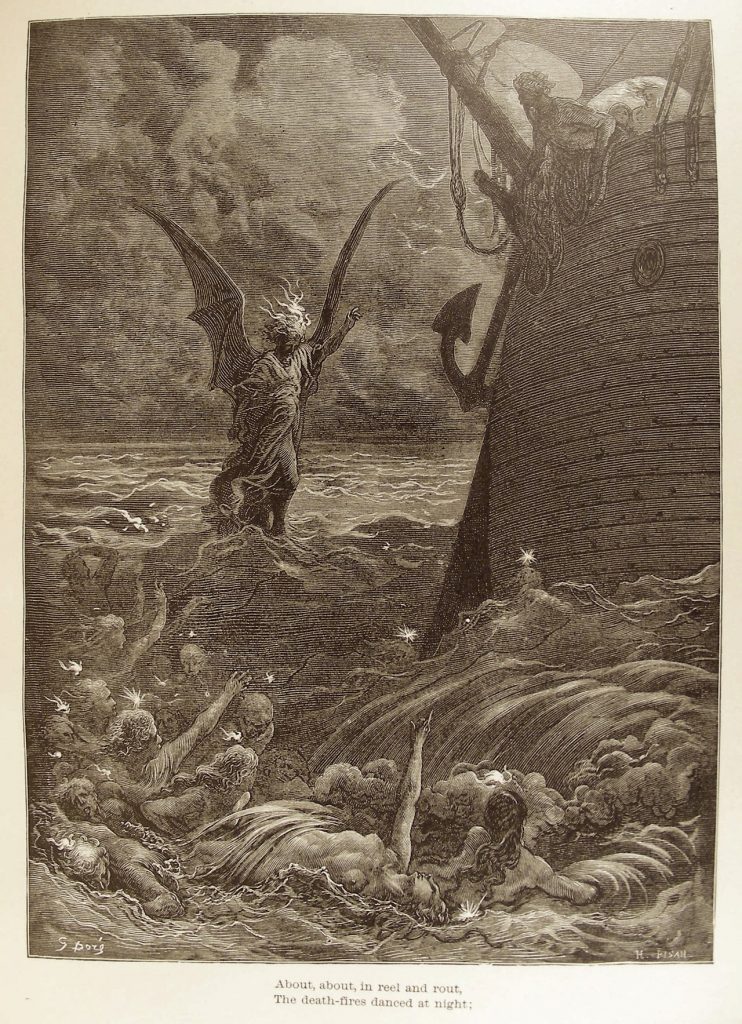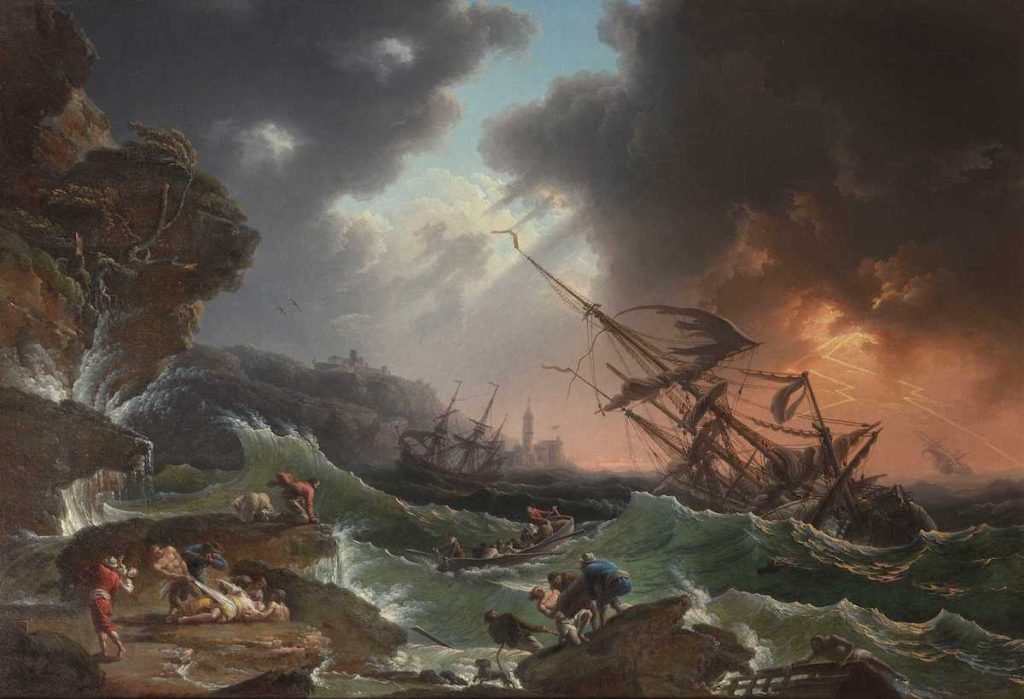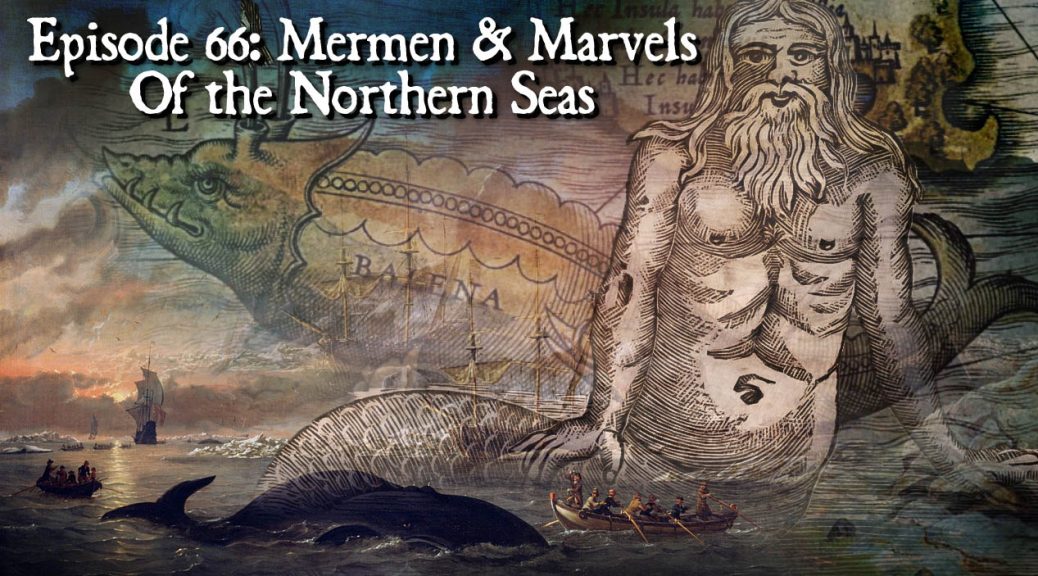
Mermen and more Marvels of the Northern Seas
Podcast: Play in new window | Download (Duration: 45:32 — 52.1MB)
Subscribe: Apple Podcasts | Spotify | Android | Podchaser | RSS | More
In this episode, we continue our survey of supernatural sailors’ lore of the North with a look at mermen, Iceland’s “evil whales,” and sea-draugs.
After a brief audio tidbit recalling our previous discussion of the Norse World Serpent, Jörmungandr (courtesy of the TV show Vikings), we briefly reconsider the Kraken in the context of the 13th-century Norwegian text Kongsspegelen/Speculum Regale (“King’s Mirror”). In what is likely the earliest reference to the Kraken, the attributes described and context of the discussion suggest that at this early stage of the creature’s mythology, it may have been imagined not as a cephalopod but as a particularly large and monstrous whale.
This brings us to the topic of the “evil whales” or Illhveli of Icelandic lore, much of which is taken from Olaf Davidson’s article of 1900, “The Folk-Lore Of Icelandic Fishes.” Particularly dangerous and even malevolent toward seamen, these beasts are also enemies of benevolent species of whale that protect man. Their flesh is considered poisonous, and utterance of their name, we learn, can summon them and great misfortune.
The largest of these creatures (if we disregard the Kraken, which seems more to occupy a class unto itself) is the Lyngbakr or “heather-back,” often mistaken for a land-mass covered with heather or grass. The same motif occurs in tales of the Kraken or Hafgufa (not discussed in the show thanks to the thematic redundancy), but tales of the Lyngbakr characteristically describe sailors actually landing on the heather-covered mass, mistaking it for an island, and perhaps dwelling there for days on end — until the fish takes a dip.
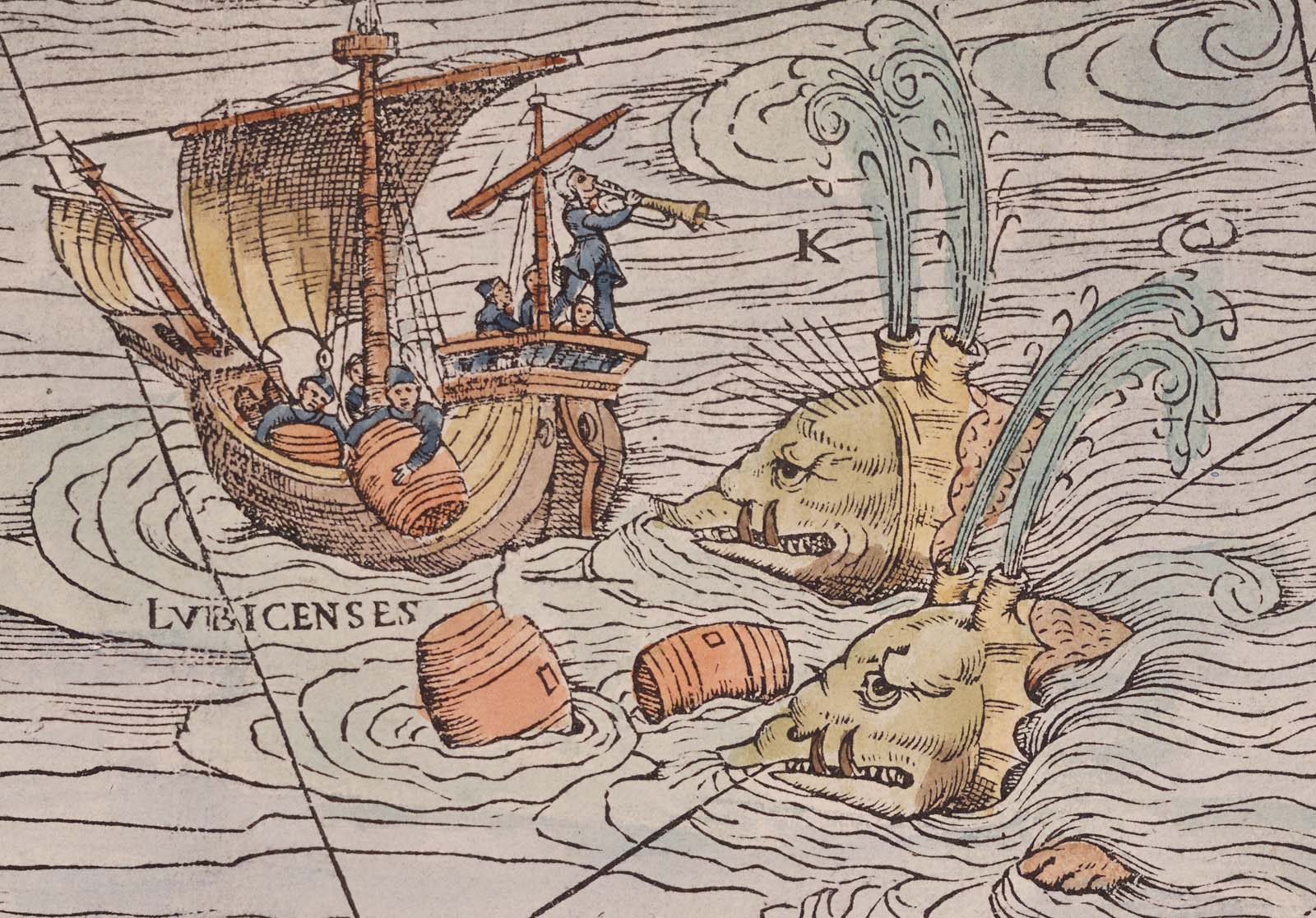
The most vicious member of the Illhveli, seems to be the Raudkembingur, or “red-crest,” named for its red color and/or the rooster-like comb it sports. Mrs. Karswell reads for us a selection of Davidson’s stories of the Raudkembingur’s attacks upon ships and rather emotional disposition.
We then hear about the Hrosshvalur or “horse-whale,” named for the neighing sound it produces. It was also sometimes called the blödku hval or “flap-whale” thanks to long eyelids or flaps that hung over its eyes. As these tended to obscure the beast’s vision, it was given to wild leaps from the sea, during which the flaps would bounce from the eyes, providing the creature a brief respite from near-blindness.
We then hear a bit more about other other Illhveli, less frequently mentioned, learn why the Narwhal was regarded as the “corpse-whale,” how the Ox-Whale proved a nuisance to herdsmen, and of a particularly strange eccentricity of the Shell-Whale.
Our discussion of mermen focuses primarily on accounts provided in Danish-Norwegian author Erik Pontoppidan’s 18th-century text The Natural History of Norway (cited frequently in our previous episode). While a mermaid or two is also mentioned, Pontoppidan treats the mermen less as a sort of fairy being inclined to abduct men to an undersea realm (as is typical further south in Europe and in Britain) and more as a sort of cryptid or naturalistic phenomenon. We hear some descriptions of mermen allegedly caught in the Northern seas (quite different from what is typically imagined), tales of enormously oversized mermen, and of the odd uses of the fatty flesh of mermen.
The merman of the north also is uniquely gifted with the ability to tell the future, a trait referenced early on in the 14th-century Hálfssaga and preserved in the Icelandic folk-tale “Then Laughed the Merman” told by Mrs. Karswell and myself.
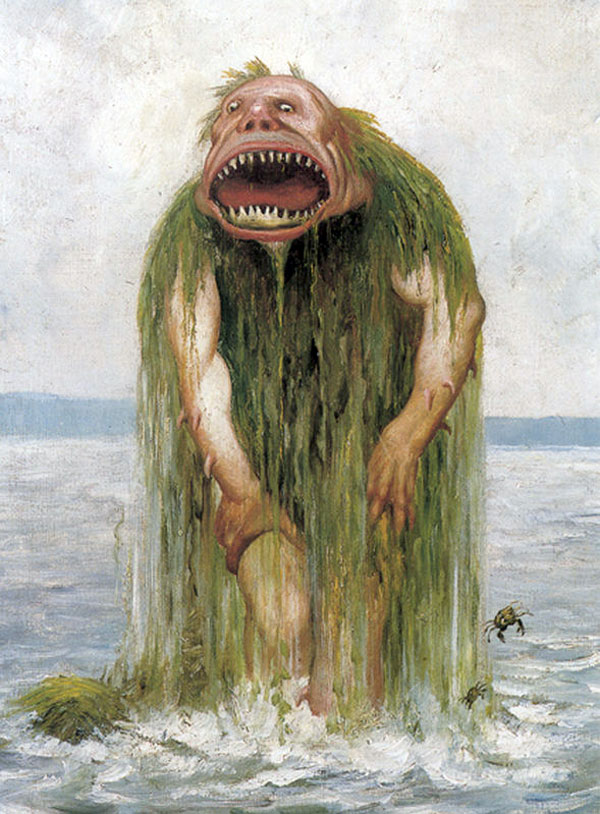
Our discussion of the sea-draug begins with a clip from the 2018 Swedish film, Draug, a horror story set in the 11th century. Draug is a word from Old Norse used throughout Scandinavia to describe a walking corpse, usually guarding its grave or an underground treasure. Its folkloric attributes have been somewhat changeable and led to the evolution (specifically in the North of Norway) of a figure known as a Havdraug or (Sea-Draug).
These are the ghosts of sailors lost at sea, who return as physical creatures horribly transformed. While usually dressed in the typical oilskins and gloves of sailors of the North, their heads are often said to be missing, and they are known to sail about in broken boats missing their stern or to haunt the boathouses of the region. Their presence is an evil omen, and their notorious shrieks can either foretell or indirectly cause death.
We first hear mention of sea-draugs in the 13th-century Saga of the People of Eyri in which the crew of a sunken sip show up at a Yule feast, illustrating a predilection of the sea-draug to appear around Christmas, a motif maintained in tales of sea-draugs that became popular in the 19th century. We hear some descriptions from these and the folk-tale “The Land Draugs and the Sea Draugs”.
Our episode closes with a strange tale of another Norwegian whale of the modern era, one killed near the island of Harøya in 1951 — at which point it’s weird saga actually begins. The story rather unexpectedly involves a brief appearance by Louis Armstrong, and we hear some bits from his 1938 hit “Jonah and the Whale.”
